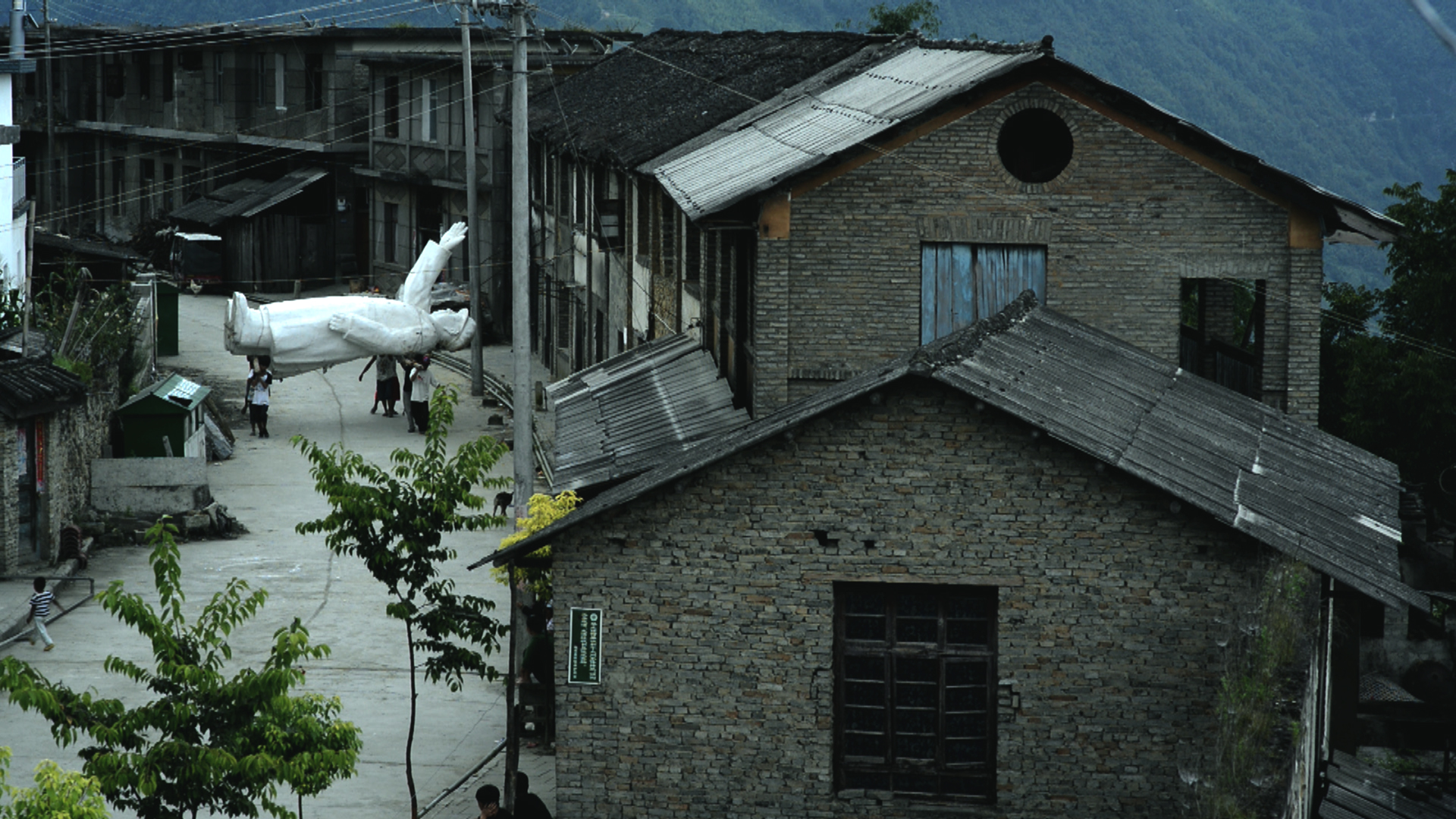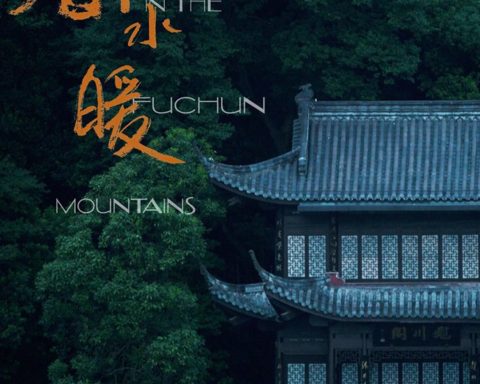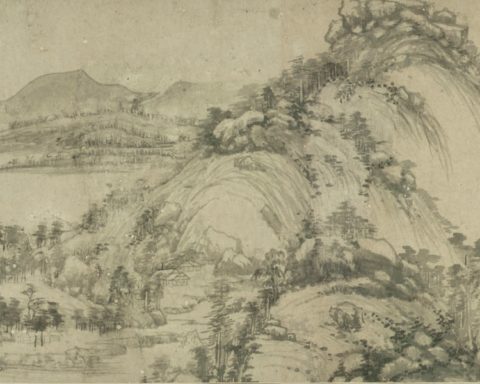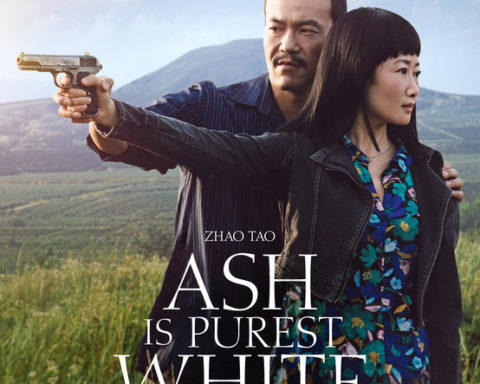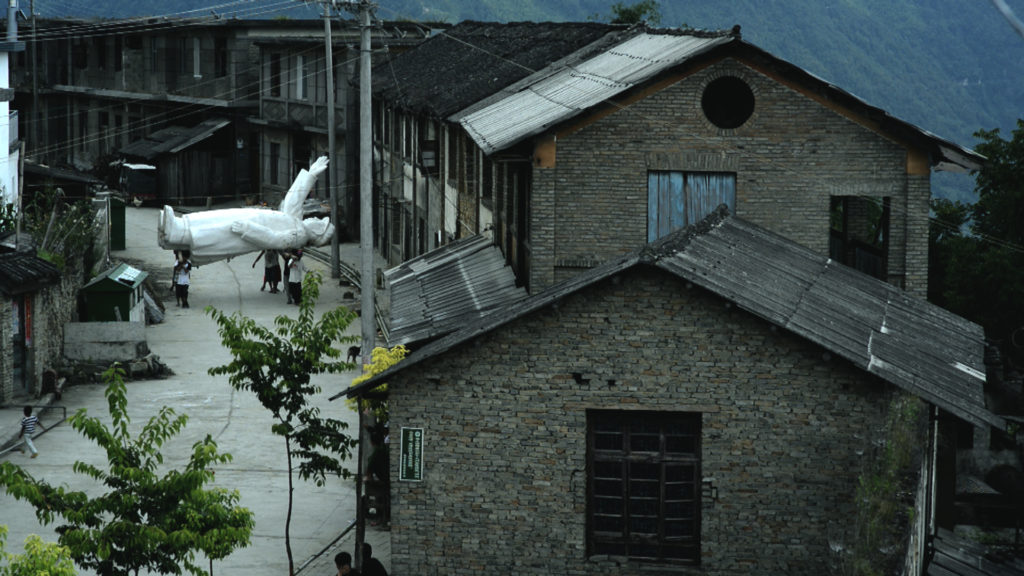
Up until the 80s, Chinese cinema was an “eminent stranger” to the West… Associated for a long time to a single genre – the one of martial arts, actually only really popular in Hong Kong – it revealed its true colours at the memorable 1985 Locarno Film Festival. Chinese cinema was at the time represented by two great talents: Hou Hsiao-hsien from Taiwan and Chen Kaige from mainland China. This revelation contributed to dissipate the confusion surrounding this region: it was first of all brought to our attention that there existed three different Chinese cinemas corresponding to three very unequal zones and that Chen Kaige was the figurehead of a fifth generation of directors, implying the existence of a whole lineage of directors whose efforts had helped produce the displayed level of quality.
In Chinese cinema, different generations indicate to different stages, or even styles, of its history. The first occurs between 1913 and 1932, encompassing the silent period; the second, from 1932 to 1949, represents the establishment of sound and the golden age of realist cinema, epitomized by the masterpieces The Goddess (1934) by Wu Yonggang and Street Angel (1937) by Yuan Muzhi; the third develops between 1950 and 1966 and is the expression of social realism (Zhang Ga, the Soldier Boy (1963) by Cui Wei); the fourth period unfolds after the tragic decade of the Cultural Revolution (1966-1976), with films such as Troubled Laughter (1979) by Yang Yanjing, paving the way for the fifth period, which definitely launched Chinese cinema onto the international stage. Young directors ranging from Chen Kaige, Zhang Yimou, to Tian Zhuangzhuang, after leaving the Beijing Institute of Cinema in 1982, undertook the difficult task of remodelling Chinese cinema, meaning it had to be stripped of its political and ideological undertone. They turned their focus to a new type of individual, capable of expressing his feelings and sorrow on screen, after years of ideological extremism. The films became increasingly intimate, leaving the socialist heroes behind… After kicking-off in 1984 with Chen Kaige’s Yellow Earth, the new Chinese cinema started collecting awards from international festivals: Golden Bear for Red Sorghum by Zhang Yimou at the 1988 Berlin Film Festival; Best film and best female actress for The Blue Kite by Tian Zhuangzhuang at the 1993 Tokyo Film Festival.
The beginning of the 90s marked a turning point in Chinese cinema. The directors started taking interest in the individual’s existential journey and his hardship when navigating the constantly evolving society. They progressively moved away from rural landscapes and the allusive and metaphorical forms used by their predecessors to adopt a more realist approach. Just like the fifth generation, it is once again in the midst of a dramatic event that the new generation defined itself: the tragic repression of students protesting on Tiananmen Square in June 1989. The group was then faced with a dilemma: no official studio was willing to open their doors to students, all seen as part of a subversive force. What next? Stay idle and wait for years in the hope of being summoned for a film or look for other options? Courageously, the new graduates opted for the second option and decided to venture off the beaten track. Because access to institutional circuits of film production and diffusion was, and still is, dependent on the Cinema Bureau’s endorsement, the young directors decided to create an alternative space to work in. Instantly, their cinema became part of a greater nonconformist movement moving outside of societal bounds. This marked the beginning of an independent production, the survival of which remains a factor of international support. A few years away from the turn of the century, China displayed a fragmented cinematographic scene, separated in two separate factions.
The films of the new generation, known as the “Sixth generation”, broadcast a profoundly urban awareness. They testify to the silver linings of the economic miracle -misery, unemployment and disarray facing the brutality of socio-cultural transformations. The now internationally famous Wang Xiaoshuai (Beijing Bicycle) and Lou Ye (Suzhou River) are part of this generation.
Their cinematographic style, unlike the previous generation, is inspired by documentaries, which have developed a proper artistic expression of their own. The digital camera, a tremendous tool, has played a huge role in this evolution. Potentially very discreet, easy to handle and comparatively cheap, this technological advance has opened up new prospects for audiovisual creation in which the younger generation can flourish, motivated by an unprecedented enthusiasm. This camera gives them the possibility to film big cities as well as more remote areas where more disadvantaged groups live. Today, as Chinese cinema enters globalization, many figureheads of the more auteur trend of the 80s and 90s are turning towards commercial cinema: in 2006 Zhang Yimou inaugurates, with Curse of the Golden Flower (a historical epic recalling China’s imperial past), the trend of super productions likely to become future box-office hits, in China but internationally as well. This makes it easier to surpass censorship and benefit from the financial help of producers willing to invest in a project whose goal is to be massively distributed.
Other directors, however, continue to defend a certain vision of cinema, distinct from these super productions. It is through this independent agenda that they are able to define and cultivate a personal and original relation to the world. And, of course, to cinema.
Luisa Prudentino
Specialist of Chinese cinema, Luisa Prudentino teaches the history of Chinese cinema at INALCO since 2008 and leads various seminars, symposia and conferences in France, Italy and China. She is the author of “Le Regard des Ombres” (The Eye of Shadows) (Bleu de Chine, 2003) now a reference in the subject matter.

